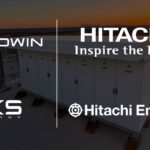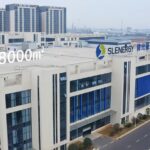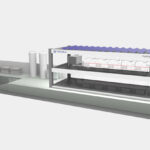ASIA ELECTRONICS INDUSTRYYOUR WINDOW TO SMART MANUFACTURING
TNSC Produces FCV-Qualified Hydrogen from Ammonia
Taiyo Nippon Sanso Corporation (TNSC) announces the successful demonstration of the production of hydrogen from ammonia. The hydrogen gas meets the quality specifications (ISO 14687:2019 Grade D) required for hydrogen fuel for fuel cell vehicles (FCVs).

Development History and Future Plan
The Japanese government is working to increase the supply and use of hydrogen, etc.1 to achieve carbon neutrality by 2050. Against this backdrop, TNSC is working towards reducing greenhouse gas (GHG) emissions through the development of environmentally friendly products. From 2014 to 2018, it participated in the research project “Basic Technology for Hydrogen Station Utilizing Ammonia” in the Cross-ministerial Strategic Innovation Promotion Program (SIP): “Energy Carrier” led by the Council for Science, Technology and Innovation of the Cabinet Office. As a result, TNSC has established a technology to produce hydrogen gas with less than 100ppm nitrogen and less than 1ppm methane. To achieve that, it purified mixed gas of 25% nitrogen, 0.1% methane, and 74.9% hydrogen.
Mainly, in the SIP initiative, the company used a mixture of gases with few impurities made by simulating ammonia cracking gas. Based on the knowledge gained in hydrogen gas purification, TNSC successfully demonstrated that the produced hydrogen can meet the standards required for hydrogen fuel for FCVs (ISO 14687:2019 Grade D) through a hydrogen production test. Specifically, this test employed a combination of an ammonia cracking furnace and a hydrogen purification device developed by the company. Thus, this allowed TNSC to plan the development of equipment to produce hydrogen from ammonia.
Further, TNSC will start working on the commercialization of equipment that produces hydrogen gas from ammonia.
1: In addition to hydrogen, its compounds (i.e., ammonia, synthetic methane, and synthetic fuels) are included.
-18 April 2024-




